In modern society, a confident and well-proportioned appearance is something many men aspire to. However, gynecomastia, or male breast enlargement, often causes embarrassment and a loss of self-confidence. With the advancement of aesthetic medicine, male breast reduction surgery has become an effective solution, helping men restore a masculine physique. This article, Breast augmentation will guide you through the causes, the procedure, and the key considerations of this advanced cosmetic treatment.
What causes enlarged breasts (Gynecomastia) in men?
Gynecomastia, also known as male breast hypertrophy, is a condition in which the chest enlarges excessively due to various causes, affecting both appearance and psychological well-being. Understanding the contributing factors not only helps men recognize the condition but also supports them in choosing the most appropriate treatment.
Hormonal imbalance
Male breast hypertrophy is often caused by an imbalance between estrogen and testosterone. When estrogen levels are elevated or testosterone levels decrease, breast tissue may enlarge excessively. This commonly occurs during puberty, when hormonal fluctuations are significant, or in older men due to the natural decline of testosterone. Certain medical conditions, such as hypothyroidism or pituitary tumors, can also contribute to this condition.
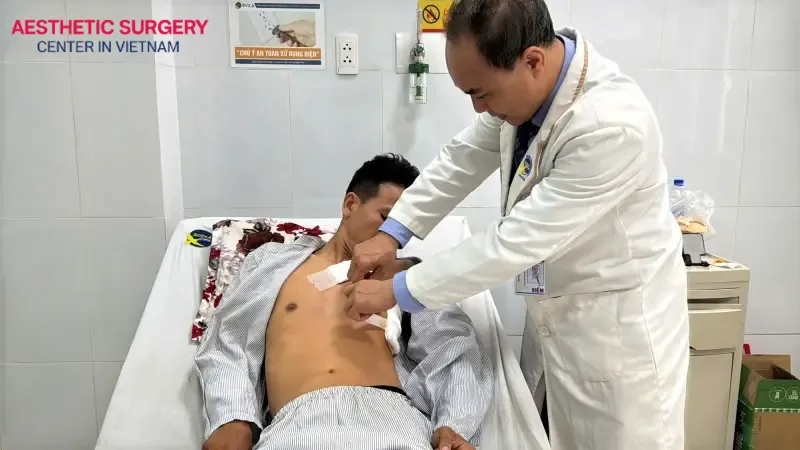
Use of medications or stimulants
Certain medications, such as anabolic steroids, antidepressants, or cancer therapies, can induce male breast hypertrophy. In addition, the abuse of alcohol, recreational drugs, or stimulants such as cannabis can disrupt hormonal balance, leading to abnormal breast tissue growth. This condition is most commonly observed in individuals with long-term or high-dose use.
Weight gain or obesity
Obesity is a common cause of male breast hypertrophy. Excess adipose tissue, particularly in the chest area, can accumulate and create the appearance of enlarged breasts. Moreover, fat tissue has the ability to convert testosterone into estrogen, further exacerbating hormonal imbalance. Maintaining a healthy body weight can help minimize this risk.
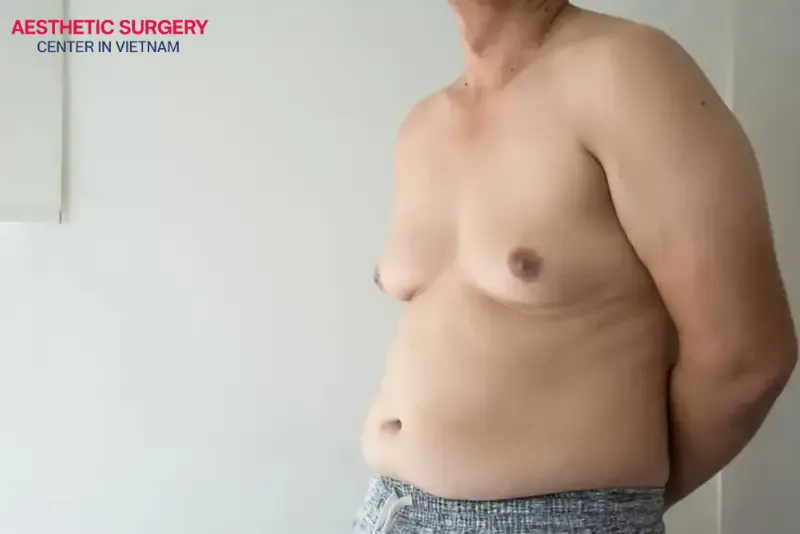
Medical conditions or health issues
Certain medical conditions, such as liver failure, kidney failure, or Klinefelter syndrome, can lead to gynecomastia in men. These disorders affect hormone metabolism or increase estrogen production. In addition, tumors in the testes or adrenal glands may also cause this condition. Proper diagnosis and treatment of the underlying disease are crucial for effective management.
Genetic factors
Genetics is also one of the contributing factors to gynecomastia in men. If there is a family history of the condition, the hereditary risk is higher. Genetic factors may influence how the body responds to hormones or how breast tissue develops. Although not the primary cause, genetics can interact with other factors such as hormonal imbalance or unhealthy lifestyle habits, increasing the overall risk.
What is male breast reduction surgery?
Male breast reduction surgery is a cosmetic procedure designed to remove excess breast tissue, fat, or skin in the chest area to create a flatter and more masculine contour. This method is typically indicated when gynecomastia does not improve with lifestyle modifications or medical treatment.
The most basic surgical procedure typically includes:
- Liposuction: Excess fat in the chest area is removed using modern, minimally invasive liposuction techniques.
- Glandular tissue excision: In cases of excessive glandular growth, the surgeon will remove the tissue through a small incision, usually around the areola, to minimize scarring.
- Combination approach: Depending on the condition, the surgeon may combine liposuction and tissue excision to achieve the best results.
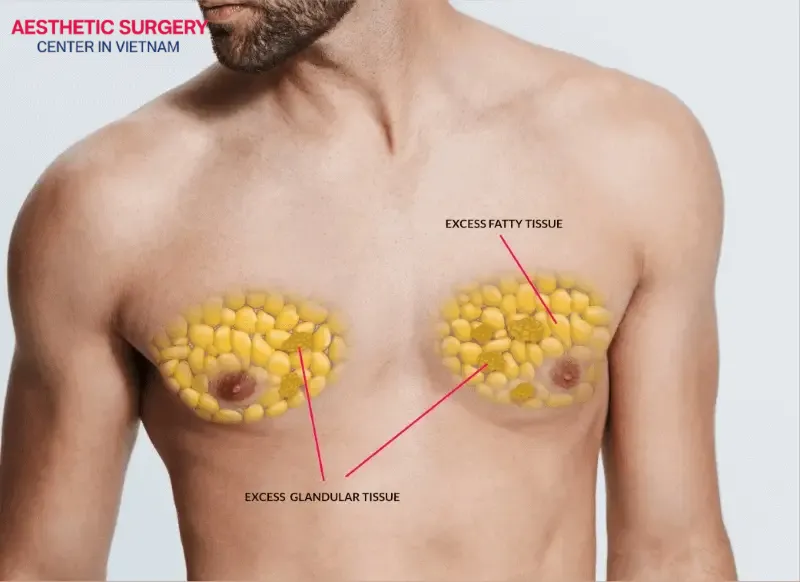
Is a male breast reduction right for me?
Whether male breast reduction is suitable depends on the individual’s health condition, underlying causes, and stage of development.
- Persistent breast enlargement: If you have gynecomastia or pseudogynecomastia that does not improve with weight loss, exercise, or medical treatment, surgery may be an effective option. In particular, if the condition causes a loss of confidence or affects social interactions, the procedure can help improve both appearance and psychological well-being.
- Overall health: You should be in good general health and free from serious conditions such as uncontrolled diabetes, heart disease, or bleeding disorders, as these may increase surgical risks. A consultation with your surgeon will help assess your health status and determine suitability.
- Age and stage of development: During puberty, gynecomastia may resolve on its own, so surgery is generally not recommended unless the condition persists into adulthood. For adult or older men, surgery is an effective solution to address breast enlargement caused by hormones, obesity, or other factors.
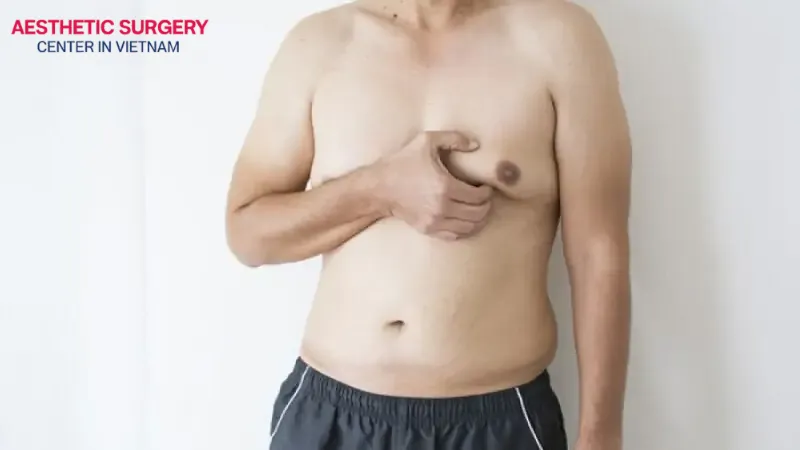
What are the risks of male breast reduction surgery?
Male breast reduction surgery, while generally safe when performed by a qualified surgeon at a reputable facility, still carries certain risks. Understanding these risks can help you prepare better and make an informed decision.
- Infection: Male breast reduction carries a risk of infection at the incision site. Symptoms may include redness, swelling, pain, or unusual discharge. This risk can be minimized by following proper post-operative care and taking antibiotics as prescribed by your surgeon.
- Scarring or aesthetic changes: Although incisions are usually made in discreet areas (such as around the areola), scars may still form, especially in individuals prone to keloids.
- Anesthesia-related risks: Male breast reduction may be performed under general anesthesia or local anesthesia. Potential risks include allergic reactions, breathing difficulties, or cardiovascular complications, particularly in patients with underlying health conditions.

Before your male breast reduction
Thorough preparation before male breast reduction surgery is essential to ensure safety, achieve the best results, and shorten the recovery period. Below are the key preparation steps:
- Consultation with a specialist: You should meet with a plastic surgeon or reconstructive specialist to assess your condition, determine the appropriate method, and discuss the procedure in detail.
- General health check-up: Your doctor may require tests such as blood work, liver and kidney function tests, or chest ultrasound to ensure you are fit for surgery. If you have underlying conditions (such as diabetes, high blood pressure, or bleeding disorders), be sure to inform your doctor so the surgical plan can be adjusted accordingly.
- Discontinue certain medications and stimulants: About 2–4 weeks before surgery, you should avoid medications or substances that may affect blood clotting, as well as tobacco and alcohol.
- Plan your schedule and post-surgery support: The procedure usually requires 1–2 weeks of rest with limited physical activity. Arrange your work in advance and prepare someone to assist with transportation and post-operative care.
- Prepare financially and choose a reputable facility: Research the surgery costs at trusted aesthetic clinics in Vietnam, ensuring the facility is licensed and staffed with experienced surgeons.

Where will I have my male breast reduction surgery?
Choosing the right place for male breast reduction surgery requires careful consideration to ensure safety, effectiveness, and the best aesthetic results. Below are some key factors to help you select a trusted facility:
- Highly qualified surgeons: Choose a facility with plastic surgeons certified by the Vietnamese Ministry of Health or reputable international organizations such as ISAPS (International Society of Aesthetic Plastic Surgery). The surgeon should have extensive experience in male breast reduction or gynecomastia treatment.
- Modern facilities: The clinic should be equipped with advanced technology (such as Vaser liposuction systems and 3D simulation devices) and meet hygiene standards set by the Ministry of Health or international certifications such as JCI or ISO.
- Patient reviews and feedback: Consider real testimonials from previous clients, before-and-after photos, as well as the clinic’s transparency regarding procedures and costs.
- Post-operative care services: A reputable facility will provide clear aftercare instructions, scheduled follow-up appointments, and support in managing any complications if they arise.
- Reasonable cost: In Vietnam, the cost typically ranges from 30 to 70 million VND, depending on the surgeon, facility, and complexity of the case. Avoid clinics offering unusually low prices, as this may compromise quality.
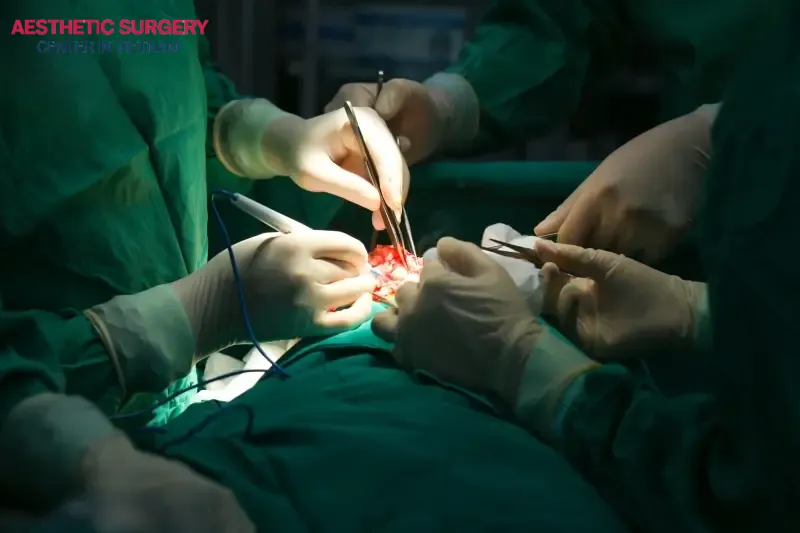
What happens during gynecomastia surgery?
Male breast reduction surgery is performed by a plastic or reconstructive surgeon and typically lasts 1–2 hours, depending on the complexity of the case. Below are the main stages of the procedure:
- Step 1: Anesthesia: Either general anesthesia or local anesthesia with sedation will be administered, depending on the extent of the surgery and the surgeon’s recommendation.
- Step 2: Incision: The surgeon will make one or more small incisions, usually in discreet areas such as around the areola or under the armpit, to minimize visible scarring.
- Step 3: Liposuction (if needed): If breast enlargement is caused by excess fat, the surgeon will perform liposuction, often using Vaser or laser-assisted techniques, to remove the fat.
- Step 4: Glandular tissue excision (if needed): In cases where gynecomastia is caused by excessive glandular tissue growth, the surgeon will remove the tissue through the incision. This step is essential for treating true gynecomastia, as opposed to pseudogynecomastia caused by fat.
- Step 5: Excess skin removal (if necessary): If there is excess skin in the chest area, the surgeon may remove it and reshape the chest to achieve a natural, firm appearance.
- Step 6: Closure and finishing: After removing excess tissue and reshaping the chest, the surgeon will close the incisions with cosmetic sutures to minimize scarring. A small drain may be temporarily placed to prevent fluid or blood accumulation. The patient will be fitted with compression bandages or a specialized compression garment immediately after surgery to support shaping and reduce swelling.
- Step 7: Completion and recovery: The patient is taken to the recovery room for monitoring over a few hours and may be discharged the same day. The surgeon will provide post-operative care instructions, including wound care, medication use, and follow-up appointments.
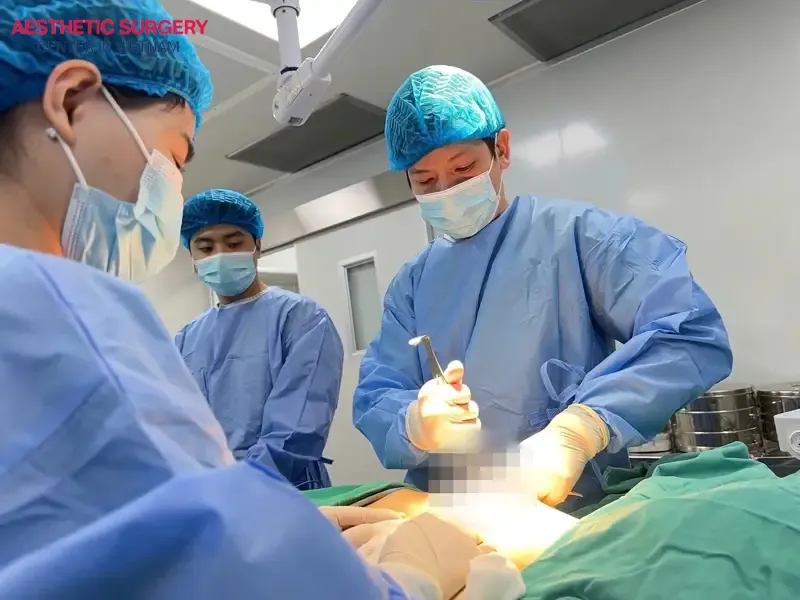
After your male breast reduction surgery
After male breast reduction surgery, the results will largely depend on the degree of enlargement, the surgical technique, the surgeon’s expertise, and adherence to post-operative care. Here is what you can expect:
- During the first 1–2 weeks, you may experience mild pain, tightness, or temporary numbness in the chest or nipple area due to the surgery. Sensation usually returns to normal within a few weeks to a few months.
- After 3–6 months, the chest will achieve its most natural shape, appearing firm, flat, and well-defined with masculine contours. Any scars, if present, will also gradually fade.
- You will feel more confident in social interactions and activities such as swimming, wearing fitted T-shirts, or working out at the gym.
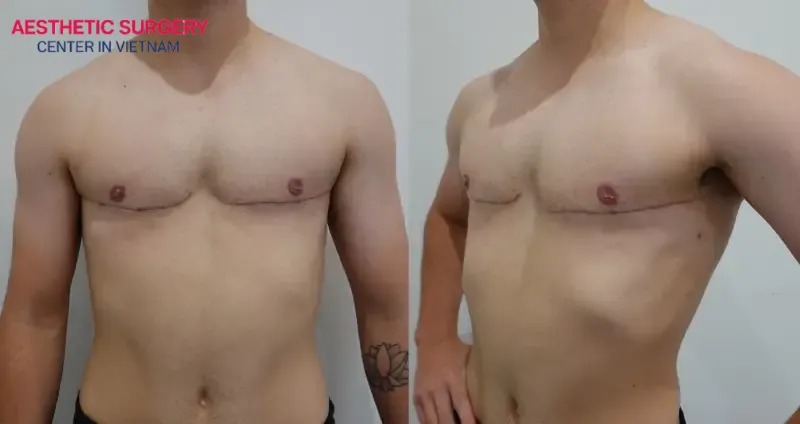
How long does it take to recover after male breast reduction surgery?
The recovery period after male breast reduction surgery usually takes about 1–6 weeks to return to normal activities, with the final results becoming more visible after 3–6 months. You will also go through several recovery stages, including:
- Days 1–3 after surgery: You may experience mild pain, swelling, and bruising in the chest area. Complete rest is required, avoiding any strenuous activity, while continuously wearing a compression garment. Keep the incision area dry and follow proper hygiene instructions.
- Weeks 1–2 after surgery: Swelling and bruising decrease significantly, and mild pain gradually subsides. You may start noticing a flatter chest. Continue wearing the compression garment 24/7 and attend your first follow-up appointment. Avoid activities such as gym workouts, swimming, or heavy lifting. You may return to office work or light activities that do not require strenuous movement.
- Weeks 3–6 after surgery: Most of the swelling has subsided, the chest becomes more stable, and results start to appear more clearly. Continue wearing the compression garment as instructed, begin light walking, but still avoid chest workouts or strenuous exercises.
- Months 3–6 after surgery: The chest reaches its final results, with a flat, masculine, and natural appearance. You will no longer need to wear the compression garment, but it is important to maintain a stable weight and a healthy lifestyle to preserve long-lasting results.

Quality male breast reduction address in Vietnam
Choosing a reputable facility for male breast reduction surgery is a key factor in ensuring safety, effectiveness, and optimal aesthetic results. In Vietnam, reputable hospitals and clinics are mainly located in Ho Chi Minh City and Hanoi, offering highly qualified surgeons, modern facilities, and procedures that meet Ministry of Health standards.
Among them, Aesthetic Surgery Center is one of the reputable and safe choices trusted by many clients. It is a cosmetic system with over 80 branches nationwide, offering facilities and services that meet 5-star standards.
The equipment at Aesthetic Surgery Center is directly imported from South Korea, Japan, and the USA. The operating rooms are designed to be luxurious, fully equipped, and sterile, ensuring patient safety throughout the procedure. Aesthetic Surgery Center also has a team of highly experienced surgeons with advanced skills and techniques. Additionally, the center provides airport transfer and hotel booking services, offering the most convenient experience for clients seeking cosmetic treatments.
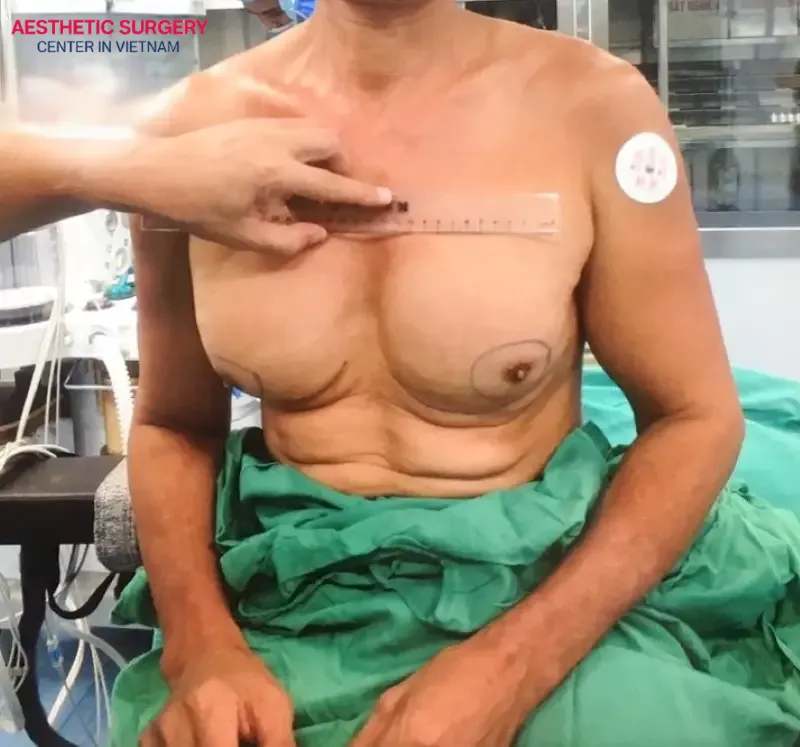
Male breast reduction surgery is an effective solution to help men address gynecomastia, restore a masculine chest, and regain confidence in daily life. Be sure to prepare thoroughly, consult with a qualified surgeon, and choose a reputable facility to ensure optimal aesthetic results. Wishing you a swift recovery and the confident physique you desire!










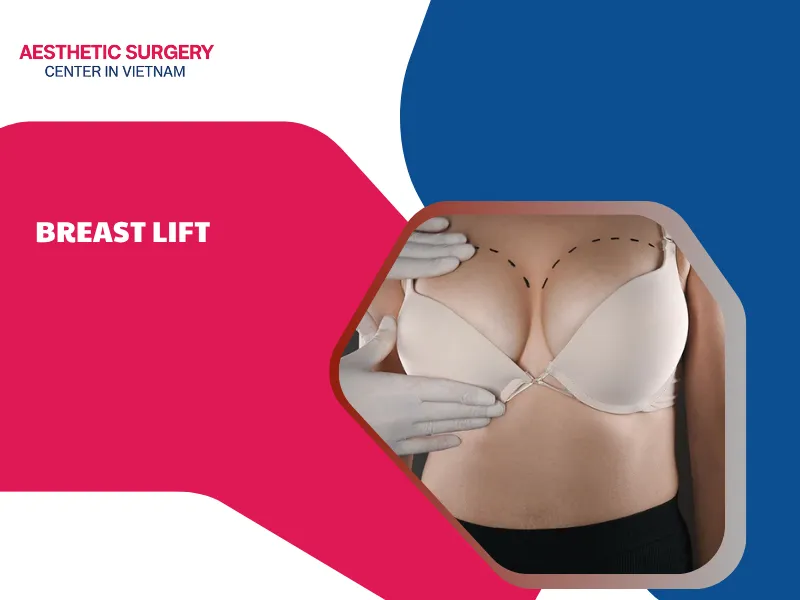
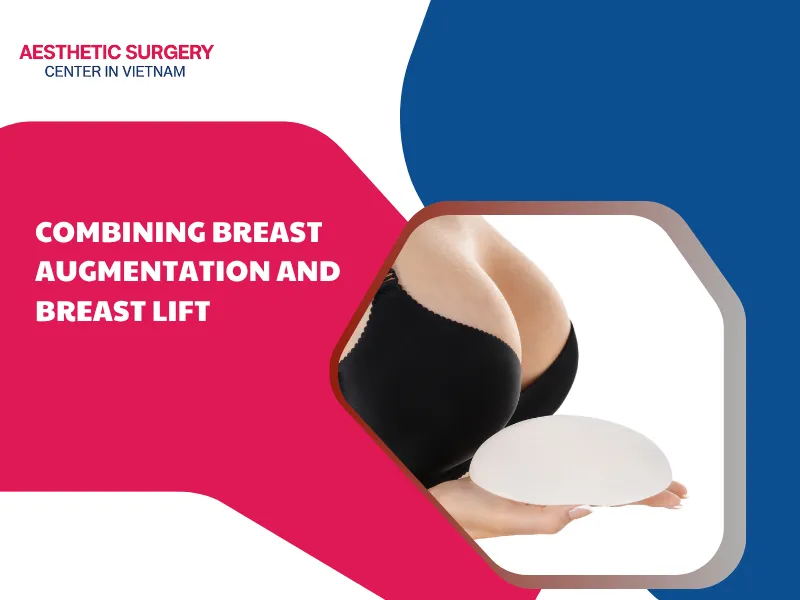
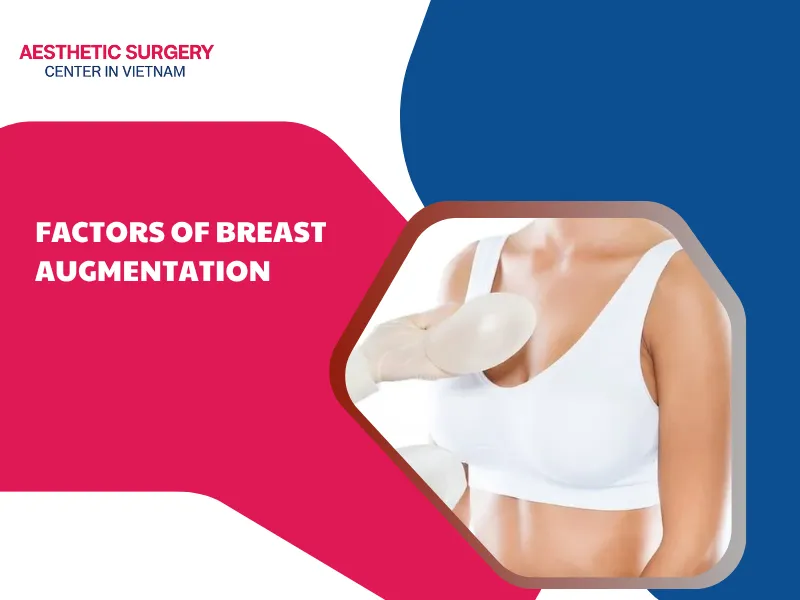






Comment on the post